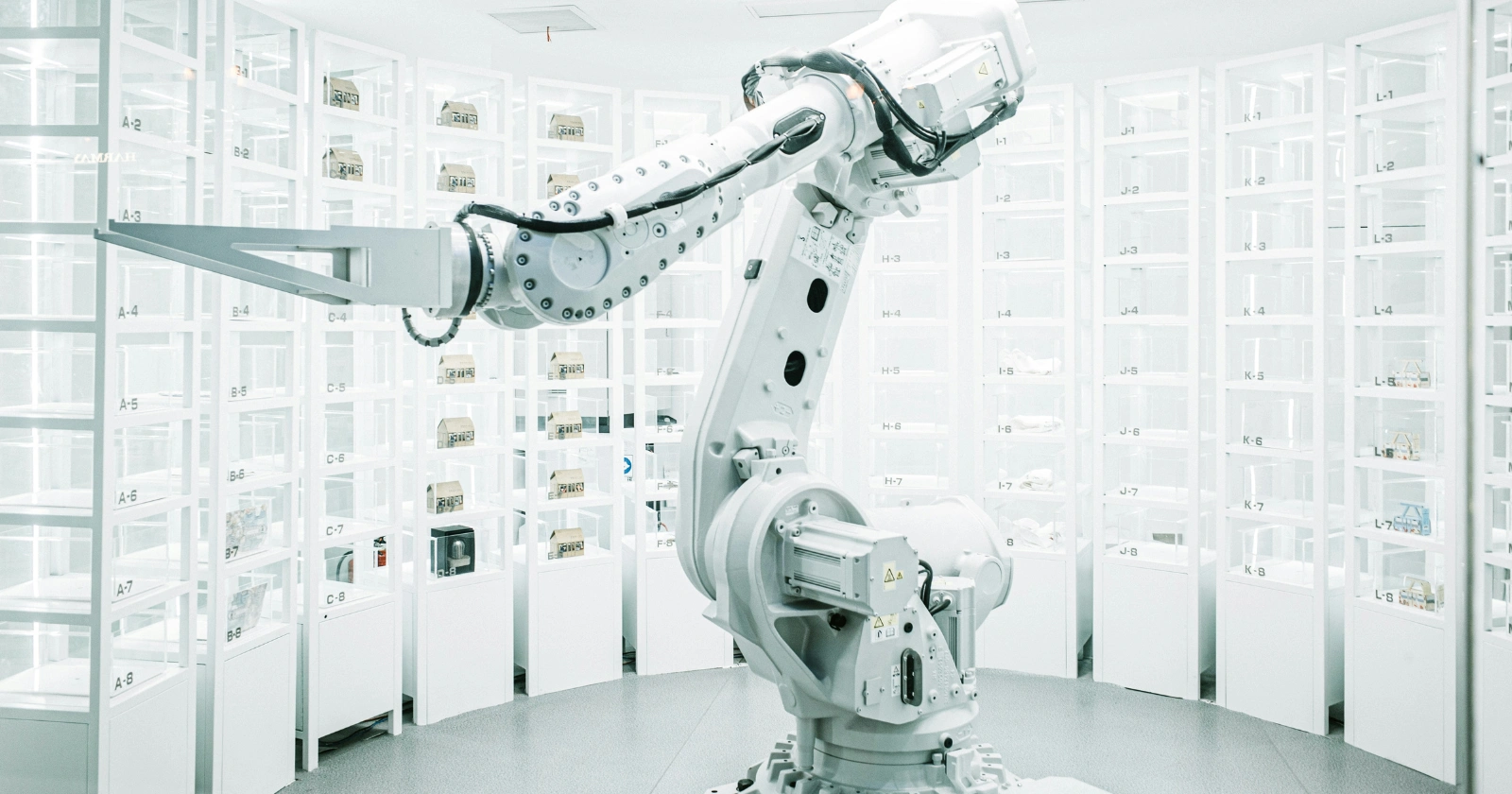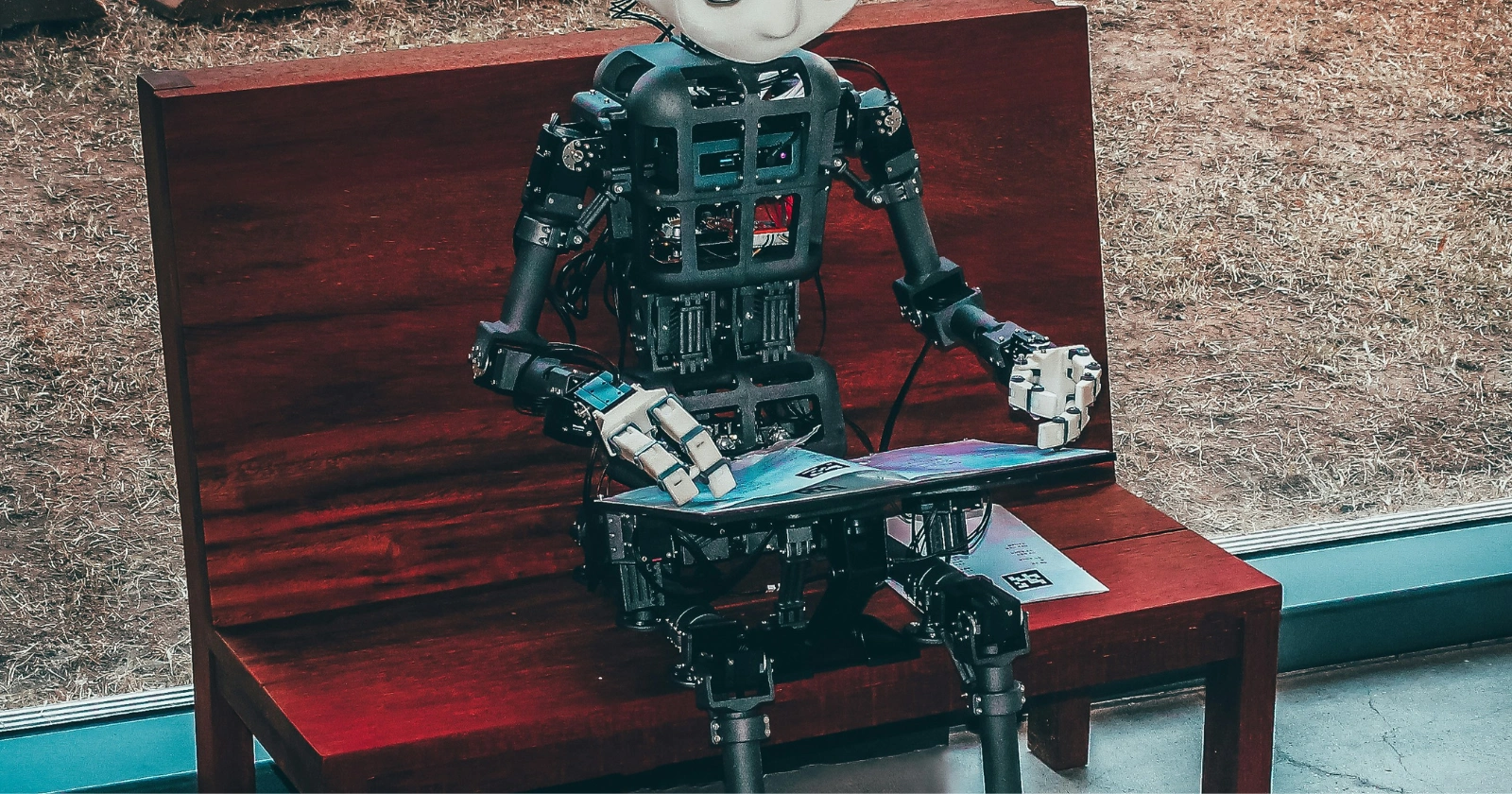Artificial intelligence stands at the forefront of a technological revolution that promises to redefine the global landscape. Projections indicate that AI could contribute up to $15.7 trillion to the world economy by 2030, according to reports from McKinsey and PwC. This immense growth stems from AI’s ability to automate processes, analyze vast datasets, and enable smarter decision-making across various sectors.
As businesses adopt these tools, entire workflows evolve, leading to increased productivity and new opportunities. For instance, in high-tech fields, AI enhances innovation, while in life sciences, it accelerates research and development.
The pace of this transformation has quickened due to recent advancements in machine learning and generative models. Sources like the World Economic Forum highlight that AI and automation could create 170 million new jobs while displacing 92 million, reshaping labor markets worldwide. Industries once reliant on manual labor or traditional methods now integrate AI for precision and efficiency. This shift not only boosts economic output but also addresses challenges such as aging populations and resource constraints. In regions like the United States and Europe, AI adoption in STEM-related roles grows rapidly, reflecting a broader trend toward skill-intensive occupations.
Discussions on platforms such as X.com and LinkedIn reveal widespread anticipation and debate around these changes. Experts from Forbes and IDC emphasize that AI’s impact extends beyond mere automation to fostering sustainable practices and personalized experiences.
As 2030 approaches, the integration of AI becomes inevitable, driving industries toward unprecedented levels of sophistication. This evolution demands adaptability from workers and organizations alike, ensuring that the benefits of AI reach diverse populations while mitigating potential disruptions.
Healthcare’s AI Leap Forward
Healthcare undergoes profound changes as AI integrates into diagnostics, treatment planning, and patient management. Advanced algorithms now analyze medical images with accuracy surpassing human experts in certain cases, such as detecting cancers early. According to McKinsey, AI could add significant value to life sciences by streamlining drug discovery, potentially reducing development times from years to months.
Personalized medicine emerges as a cornerstone of this transformation. AI systems process genetic data alongside patient histories to tailor treatments, improving outcomes for chronic conditions. Hospitals employ predictive analytics to forecast patient admissions, optimizing resource allocation and reducing wait times. Telemedicine platforms, enhanced by AI chatbots, provide initial consultations, making care accessible in remote areas.
Key facts from PwC reports show that AI-exposed sectors like healthcare experience three times higher revenue growth per employee. By 2030, AI-driven robots assist in surgeries, offering precision that minimizes risks. This shift not only elevates care quality but also addresses workforce shortages in aging societies.
Finance Reimagined Through AI
The financial sector transforms with AI at its core, automating trading, risk assessment, and fraud detection. Algorithms execute high-frequency trades in milliseconds, analyzing market trends from vast data sources. Deloitte insights suggest that AI could revolutionize banking by personalizing services, such as recommending investments based on individual behaviors.
Fraud prevention reaches new heights as AI monitors transactions in real time, flagging anomalies with minimal false positives. Credit scoring evolves beyond traditional metrics, incorporating alternative data like social media activity for more inclusive lending. Blockchain integration with AI ensures secure, transparent operations, reducing costs for cross-border payments.
Findings from IDC predict a $22.3 trillion global impact from AI services by 2030, with finance leading in adoption. Robo-advisors manage portfolios efficiently, democratizing wealth management. As regulations adapt, AI fosters ethical practices, ensuring fairness in algorithmic decisions.
Manufacturing’s Automated Horizon
Manufacturing shifts toward smart factories where AI orchestrates production lines. Predictive maintenance uses sensors to anticipate equipment failures, minimizing downtime. According to the World Economic Forum, automation could boost productivity by 30 percent in this sector by 2030.
Robotics collaborate with human workers, handling repetitive tasks while humans focus on oversight and innovation. Supply chain optimization relies on AI to forecast demand and adjust inventories dynamically. 3D printing, guided by AI designs, enables rapid prototyping and customization.
Key AI impacts in manufacturing
| Aspect | Current State | AI-Driven Change by 2030 |
|---|---|---|
| Production Efficiency | Manual oversight | Autonomous systems increase output by 40% |
| Quality Control | Human inspections | AI vision detects defects in real time |
| Energy Use | Fixed schedules | Optimized algorithms reduce consumption by 20% |
| Workforce Roles | Labor-intensive | Shift to skilled tech positions |
This data, drawn from McKinsey analyses, underscores the sector’s evolution toward sustainability and resilience.
Transportation Driven by Autonomy
Transportation evolves with AI enabling autonomous vehicles and intelligent traffic systems. Self-driving cars, powered by machine learning, navigate roads safely, reducing accidents caused by human error. Tesla and Waymo lead this charge, with projections from Forbes indicating widespread adoption by 2030.
Logistics benefits from AI-optimized routes that cut fuel costs and delivery times. Drones handle last-mile deliveries in urban areas, easing congestion. Public transit systems use AI for real-time scheduling, adapting to passenger flows.
Key findings from Nexford University reports highlight that AI could add 1.2 percent to annual GDP growth through efficient mobility. Electric vehicle integration with AI enhances battery management, promoting green transport solutions.
Education Tailored by AI
Education adapts to AI through personalized learning platforms that adjust content to individual needs. Adaptive software tracks student progress, offering targeted resources to bridge gaps. Platforms like Duolingo demonstrate this, with broader applications expected by 2030.
Virtual tutors provide 24/7 support, explaining concepts in multiple ways. Administrative tasks, such as grading, automate, freeing educators for mentorship. According to Meegle, AI-powered tools revolutionize access, especially in underserved regions.
Insights from X.com discussions reveal enthusiasm for AI in simulating real-world scenarios, enhancing STEM education. This personalization fosters lifelong learning, preparing students for an AI-centric workforce.
Retail’s Personalized Evolution
Retail transforms with AI curating shopping experiences through recommendation engines. Systems like those on Amazon predict preferences, boosting sales. Inventory management uses predictive analytics to stock items efficiently, reducing waste.
Augmented reality apps allow virtual try-ons, blending online and in-store experiences. Chatbots handle customer queries instantly, improving satisfaction. PwC data shows AI drives revenue growth in consumer-facing sectors.
By 2030, AI enables hyper-personalization, where stores adjust layouts based on shopper data. This shift emphasizes data privacy while enhancing convenience.
Entertainment Powered by AI
Entertainment sees AI generating content, from scripts to music compositions. Tools like AIVA create original scores, while generative models produce visuals for films. Netflix uses AI for content recommendations, increasing viewer retention.
Interactive experiences, such as AI-driven games, adapt narratives to player choices. Virtual reality worlds, enhanced by AI, offer immersive storytelling. Forbes trends predict AI co-creating with humans, expanding creative boundaries.
Key facts indicate that AI could transform media production, cutting costs and accelerating releases. This democratizes content creation, empowering independent artists.
Agriculture’s Precision Boost
Agriculture benefits from AI in precision farming, where drones monitor crop health. Algorithms analyze soil data to optimize fertilizer use, increasing yields. John Deere’s AI tractors automate planting and harvesting.
Predictive models forecast weather impacts, aiding decision-making. Supply chains track produce from farm to table, ensuring freshness. According to the World Economic Forum, AI addresses food security for a growing population.
Findings from IDC emphasize sustainable practices, reducing water usage by up to 30 percent. This evolution supports small farmers through accessible tech.
Legal Field’s AI Efficiency
The legal industry integrates AI for contract review and case prediction. Tools scan documents for clauses, speeding due diligence. Predictive analytics assess lawsuit outcomes based on historical data.
E-discovery automates evidence gathering, cutting hours. Platforms like LegalRobot enhance accessibility. McKinsey reports highlight efficiency gains in high-tech sectors, applicable here.
By 2030, AI assists in drafting, though human judgment remains key. This streamlines justice, making services affordable.
Energy Sector’s Smart Optimization
Energy management advances with AI forecasting demand and optimizing grids. Smart systems balance renewable sources like solar and wind. Predictive maintenance prevents outages in infrastructure.
AI enhances exploration in oil and gas, analyzing seismic data. According to PwC, AI-exposed industries see productivity surges. Transition to clean energy accelerates with AI modeling scenarios.
Key insights from Modern Leader predict $13 trillion economic addition, partly from efficient energy use. This fosters sustainability amid climate challenges.
Key Conclusion and Analysis
The convergence of AI with these industries signals a pivotal era of innovation and adaptation. As projections from reliable sources like McKinsey and the World Economic Forum illustrate, the global economy stands to gain immensely, with AI contributing trillions in value while reshaping job landscapes. Workers in affected sectors benefit from upskilling programs that emphasize technological proficiency, social skills, and emotional intelligence, ensuring a smoother transition.
Businesses that embrace AI early position themselves for competitive advantages, such as enhanced efficiency and novel revenue streams. Challenges, including ethical considerations around data privacy and job displacement, require collaborative efforts from policymakers, educators, and industry leaders to mitigate risks. Platforms like X.com and LinkedIn buzz with real-time insights from experts, underscoring the urgency of preparation.
Ultimately, this AI-driven metamorphosis not only elevates operational standards but also unlocks potential for societal advancements, from equitable access to resources in healthcare and education to sustainable practices in agriculture and energy. By 2030, these transformations solidify AI as an indispensable force, driving progress that benefits diverse communities worldwide.
Frequently Asked Questions
AI’s growth stems from advancements in machine learning and data processing, enabling automation and insights across sectors.
AI displaces routine tasks but creates roles in tech oversight, with net job growth projected at 170 million globally.
Healthcare leads, with AI enhancing diagnostics and personalized care, adding significant economic value.
Yes, precision farming reduces resource waste, optimizing water and fertilizers for higher yields.
AI monitors transactions in real time, identifying patterns to prevent fraud more effectively than traditional methods.
Autonomous vehicles and optimized logistics reduce accidents and costs, promoting efficient mobility.
Adaptive platforms tailor content to learners, improving engagement and outcomes for diverse students.
Concerns include bias in predictions and data privacy, requiring robust regulations for fair use.
Predictive models balance supply and demand, integrating renewables for reliable, efficient distribution.
Investing in employee training, ethical AI frameworks, and scalable infrastructure ensures long-term resilience.



